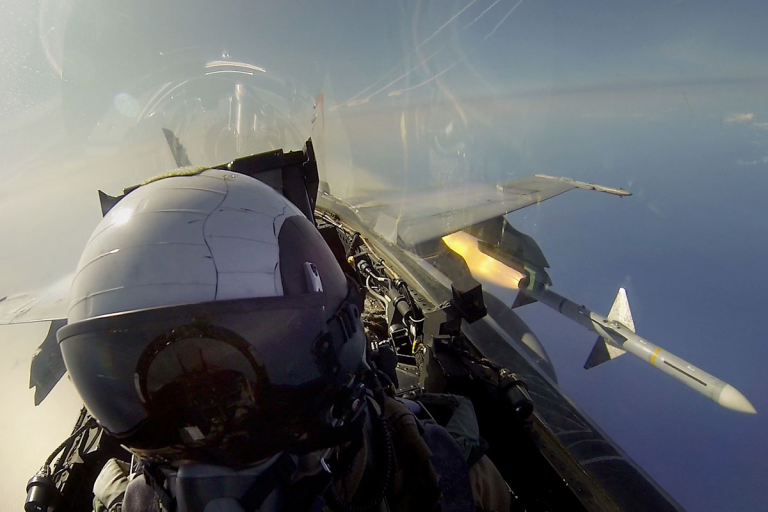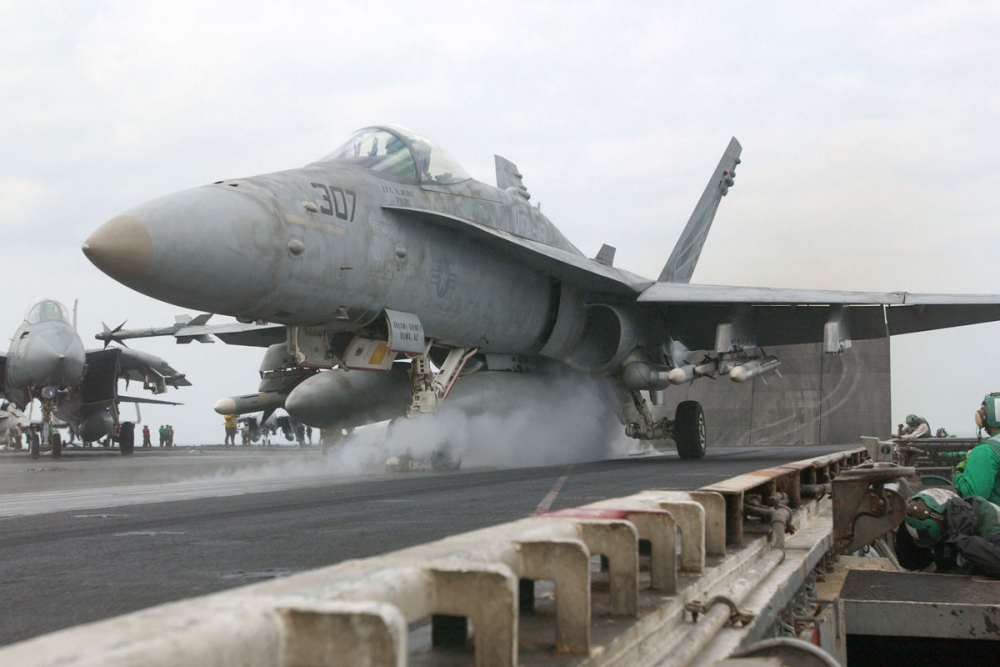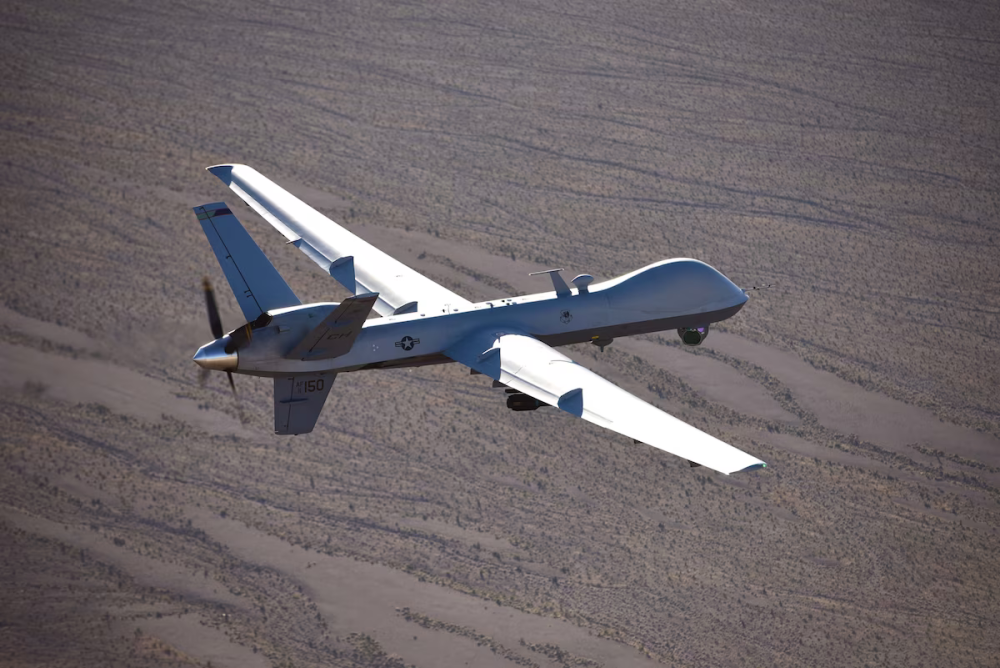
Signal Leak Exposes U.S. Military Plans Against Houthi “Missile Man”
March 15, 2025 Excerpts
- Hegseth (11:44 am ET): We are currently clean on OPSEC [Operational Security]… Godspeed to our Warriors.
- Vance (12.13pm ET): I will say a prayer for victory.
- Waltz (14.00pm ET): The first target – their top missile guy… walking into his girlfriend’s building and it’s now collapsed.
- Vance (14.01pm ET): Excellent.
- Ratcliffe (14.36pm ET): A good start.
- Rubio (17:14pm ET): Good Job Pete and your team!!
- Stephen Miller (17:18pm ET): Great work all. Powerful start.
- Hegseth (17:20pm ET): CENTCOM was/is on point. Great job all. More strikes ongoing for hours tonight…
- Wiles (17:21pm ET): Kudos to all – most particularly those in theater and CENTCOM! Really great. God bless.
- Gabbard (18:35pm ET): Great work and effects!
On the Signal chat: Secretary of Defense Pete Hegseth, Vice President J.D. Vance, National Security Advisor Michael Waltz, CIA Director John Ratcliffe, Secretary of State Marco Rubio, Deputy Chief of Staff for Policy Stephen Miller, conservative political commentator Rick Wiles, and Director of National Intelligence Tulsi Gabbard.

Washington, D.C. — The Signal chat involving top U.S. officials, as reported by The Atlantic, contained discussions about a military strike against Houthi rebels in Yemen.
Defense Secretary Pete Hegseth, just barely approved by Congress after his mother condemned him, shared specific details about an upcoming U.S. airstrike on Houthi targets.
This included the timing (like when planes would take off and bombs would hit, down to the hour and minute), the types of weapons (e.g., F-18 fighter jets and MQ-9 Reaper drones), and the targets (specific Houthi locations, including a senior commander nicknamed the “missile guy” at his girlfriend’s place in Sanaa).
National Security Adviser Michael Waltz asked team members to name contacts for coordination and mentioned that a detailed plan would be in their secure email inboxes.
Vice President JD Vance questioned if the strike made sense right away, saying it might mostly help Europe’s trade routes (40% of their trade goes through the Red Sea, versus 3% for the U.S.). He didn’t like “bailing Europe out again” but eventually agreed to go ahead if others thought it was the right call.
Hegseth agreed with Vance’s annoyance about Europe but said the U.S. was the only one capable of doing it, and timing was up to President Trump, who had 24 hours to decide.
After the Strike:
◦ Once the attack happened on March 15, 2025, Waltz texted that the target building had collapsed and the “missile guy” was confirmed hit, calling it an “amazing job” by Hegseth, the intelligence team, and General Michael Kurilla (head of Central Command).
◦ Others chimed in with praise, using emojis like fists, American flags, and fire symbols to celebrate.
What It Means:
1 Military Action:
◦ The U.S. was planning and carrying out a big airstrike to take out Houthi leaders and weapons sites in Yemen. The Houthis are an Iran-backed group attacking ships in the Red Sea, disrupting global trade, and this was meant to stop them and show strength.
2 Security Slip-Up:
◦ These sensitive plans were discussed on Signal, a regular encrypted app, not a secure government system. Worse, The Atlantic’s editor, Jeffrey Goldberg, was accidentally added to the chat. This was a huge mistake—imagine texting battle plans and accidentally including a reporter. It could haveve tipped off the Houthis or others if it leaked differently, risking U.S. troops.

Vance’s comments show some officials cared more about how this looked politically (e.g., not wanting to help Europe too much) than just the military goal. Trump wanted a bold move, unlike Biden’s smaller strikes, to “send a message.”
The emojis and cheers after the strike suggest a casual, almost giddy vibe among top officials, even though 53 people reportedly died during the operation, including civilians. It’s a peek into how they acted behind closed doors.
This chat accidentally going public shows sloppy security from Trump’s team, which could have easily endangered the mission or lives if it reached the wrong hands.
It also hints at a mix of bravado and resentment (especially toward Europe) driving decisions, not just pure strategy.
The White House downplayed it, saying “no classified info” was shared, but experts say operational details like this are usually secret to protect soldiers and the plan’s success.
Sloppy Security: How a Signal Chat Exposed U.S. Battle Plans (March 25, 2025)